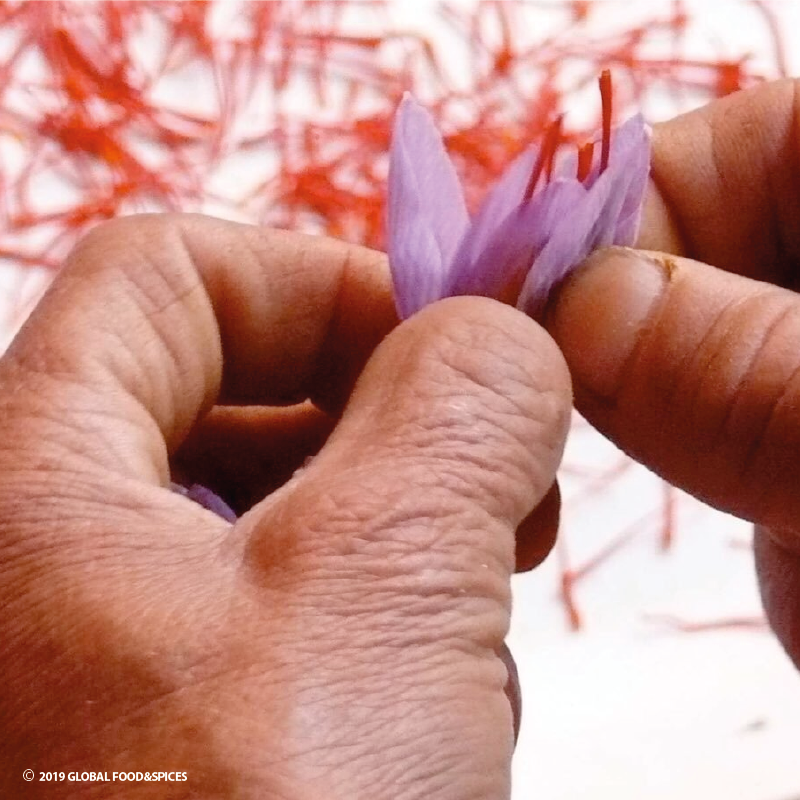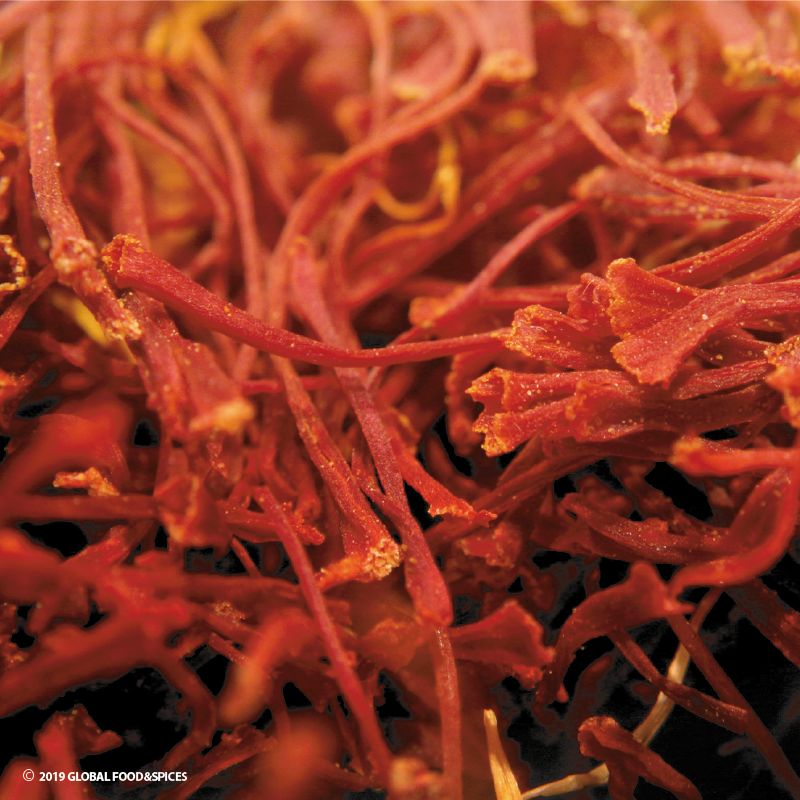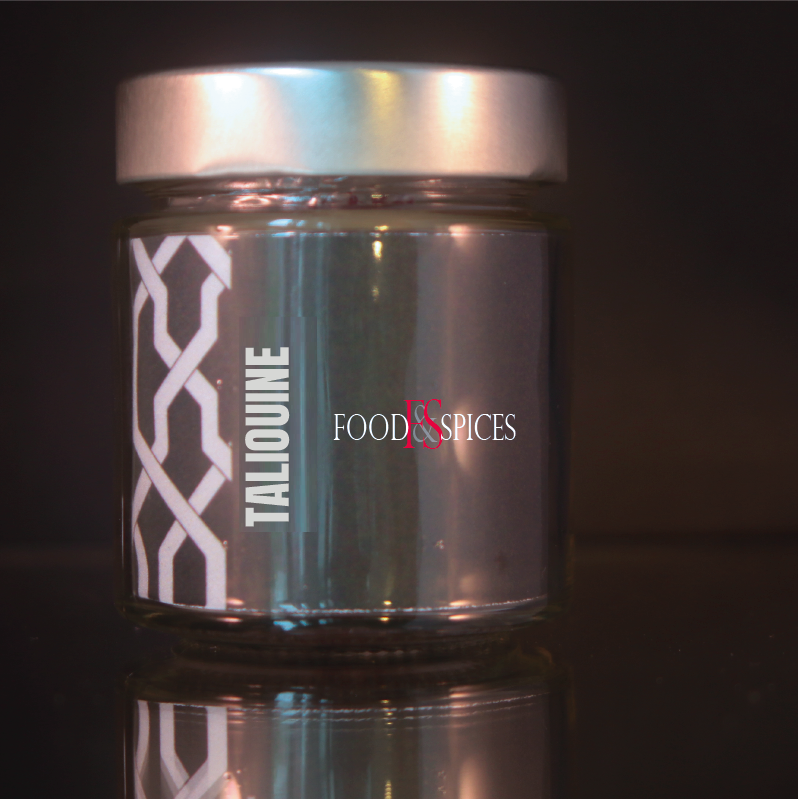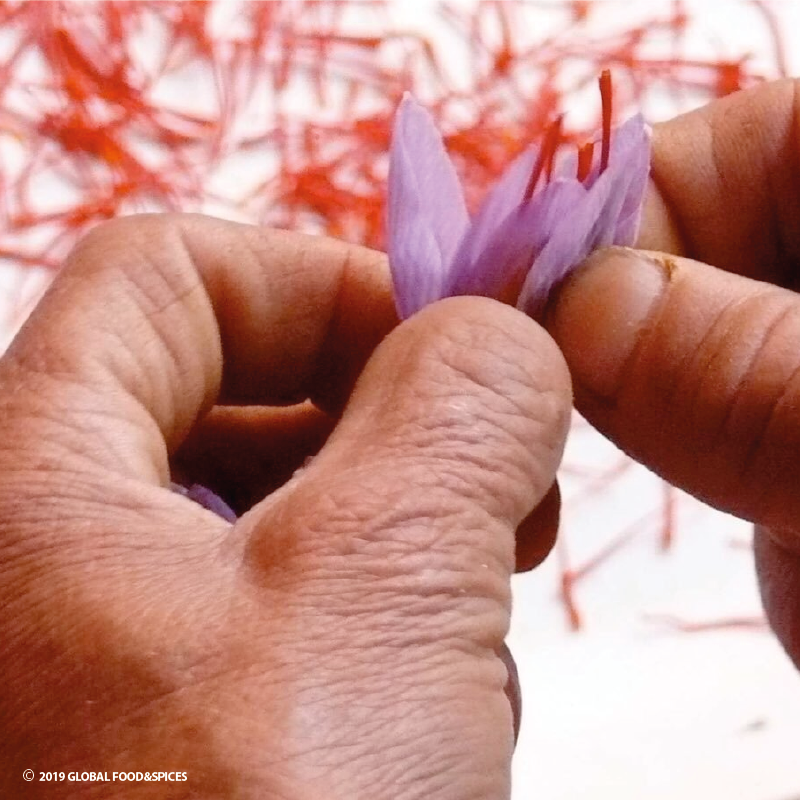depeperwinkel
Taliouine saffron
Taliouine saffron
In stock
Unable to load availability for pickup
Saffron is a unique spice made from the pistils of the saffron crocus. Our saffron is grown on a small scale and organically in Morocco and is of unparalleled quality: colorful, fragrant, and full of flavor. Class 1, crocin content: average 240.
From India to Portugal, from North Africa to Sweden, there's virtually no cuisine where saffron doesn't play a starring role. In Spanish paella, Italian risotto, Scandinavian cinnamon rolls, French bouillabaisse, Indian biryani, and so on.
Saffron is made from the red pistils of the saffron crocus, a crocus species cultivated in Iran thousands of years ago. Because of their delicate appearance, they are called "threads." Although they are also perfectly edible, they are used for cooking in an infusion, similar to how you make tea. Just a few threads in hot, but not boiling, water are enough for your dish.
For a saffron of our quality, 0.1 gram is generally sufficient. The ISO 3632-2 report certifies this quality. The saffron is assessed, among other things, for its color and fragrance content: crocin, crocetin, pricocrocin, and safranal. The crocin content determines the class in which the saffron may be offered. Class I saffron requires a crocin level of 190.
Our saffron is tested annually to determine its quality. It is, of course, a natural product, and conditions can vary from year to year. This saffron scores an average of 240 and is therefore classified as Class I. These are our test results according to ISO 3632-2:
| Crocine | 240 | +/- 24 |
| Bitterness | 92 | +/- 9 |
| Taste | 42 | +/- 4 |
| Moisture content | 9.4% |
What are saffron threads anyway? They are the pistils (stigmas) of the flower. Equipped to be pollinated by insects. Hence the powerful, sweet, alluring scent. However, the saffron crocus is sterile and cannot reproduce through pollination. This requires human intervention. The only way to reproduce the annual crocus is to harvest the bulbs at the end of a cycle and replant them in the new season.
This happens quite late in the season, in early summer. Many crocus species bloom in spring, but the saffron crocus is a true late bloomer, hence its name. The first flowers appear sometime around October. Within two weeks, all the other crocuses follow. The flower opens very early in the morning and is said to wilt later in the day. It's important to harvest the flowers before this happens; a wilted flower is useless.
Our saffron is grown on a small family farm in Taliouine, a village in the heart of the Sirwa region in the Taroudant province, with a centuries-old saffron tradition. It's no wonder that Taliouine saffron is included in Slow Food's Ark of Taste and also enjoys European protection (PGI). Taliouine is located at an altitude of 1300-1500 meters in the Souss-Massa-Draâ region, south of Marrakech. Besides saffron, argan oil is an important regional product.
The flowers are picked gently to ensure no stigmas are lost. After picking, the deep red stigmas are separated from the orange-yellow style, three stigmas per flower. With Spanish saffron, the style and stigmas are not separated, which makes the saffron more voluminous. Our Taliouine saffron is dried in special drying rooms, away from direct sunlight.
For every gram of dried saffron, the leaves, styles, and stigmas of no fewer than one hundred and fifty flowers must be separated. A huge task that requires the family to work tirelessly.
Usage
As befits saffron, our saffron doesn't taste sweet; all its flavor is concentrated in the safranal. To capture this flavor in your dish, an infusion is first made with just a few saffron threads (about 0.1 gram is usually sufficient) in a little hot, but not boiling, water. This is the same way you make your saffron tea. Take your time to make the infusion as strong as possible; let it steep for at least five minutes, but fifteen minutes is also fine. The liquid is used as a flavoring or as a tea. In some dishes, the pistils are also used, mainly to indicate that real saffron has been used.
Add saffron only at the end of a dish's cooking process to maximize the flavors. Expose the saffron to heat for as short a time as possible, even in your Risotto Milanese. Give the flavors time to integrate.
Use a maximum of 1 gram of saffron per day (per person).
Features:
- 100% stigmas of the Crocus sativus
- origin: Morocco, Taliouine
Assortment
- glass jars (1, 2 and 5 grams) and (refill) bags
- while supplies last (inquire about availability)
- larger quantities on request
- now: volume discount: when purchasing two or more sachets in a refill bag:
- two or more sachets at €14.50 per 1 gram sachet, 5 or more sachets at €13.75 each; your discount will be applied in the shopping cart
Gift wrapping
- The jar is available in a tasteful gift packaging, consisting of a cube box filled with black tissue paper.
- For an overview of our gift packaging, please refer to the gift packaging section.
Save:
- store saffron in a closed container
- preferably store in a dark, dry and cool place
- best before November 2027 (11 2027)
- This expiration date is an indication
Stock item
We maintain a limited stock of this delicious saffron. If you are interested in larger quantities, please inquire about availability and delivery times.
Batch number
The batch number helps us track which batch an item originates from. It's listed on the packing slip and invoice.
Share





